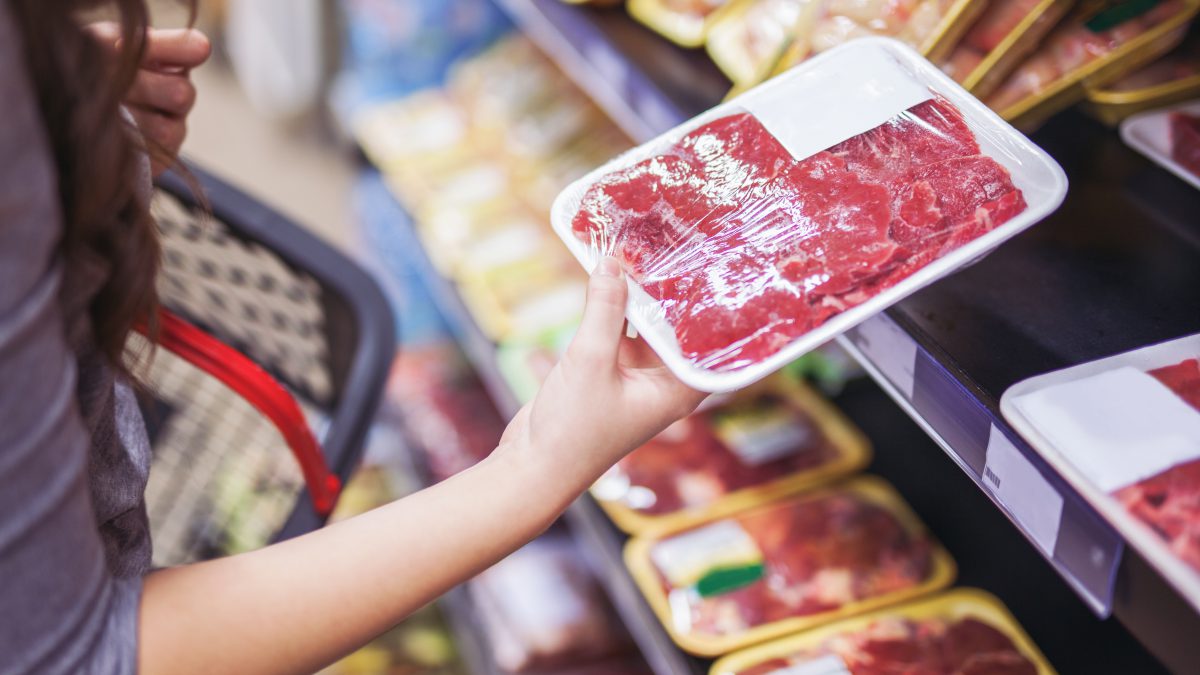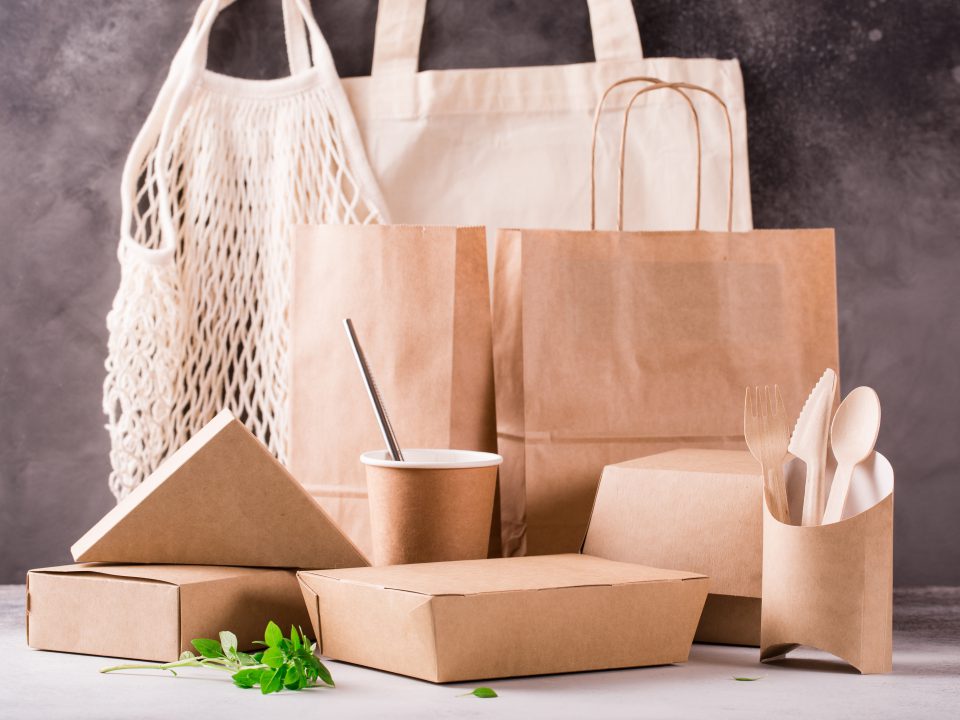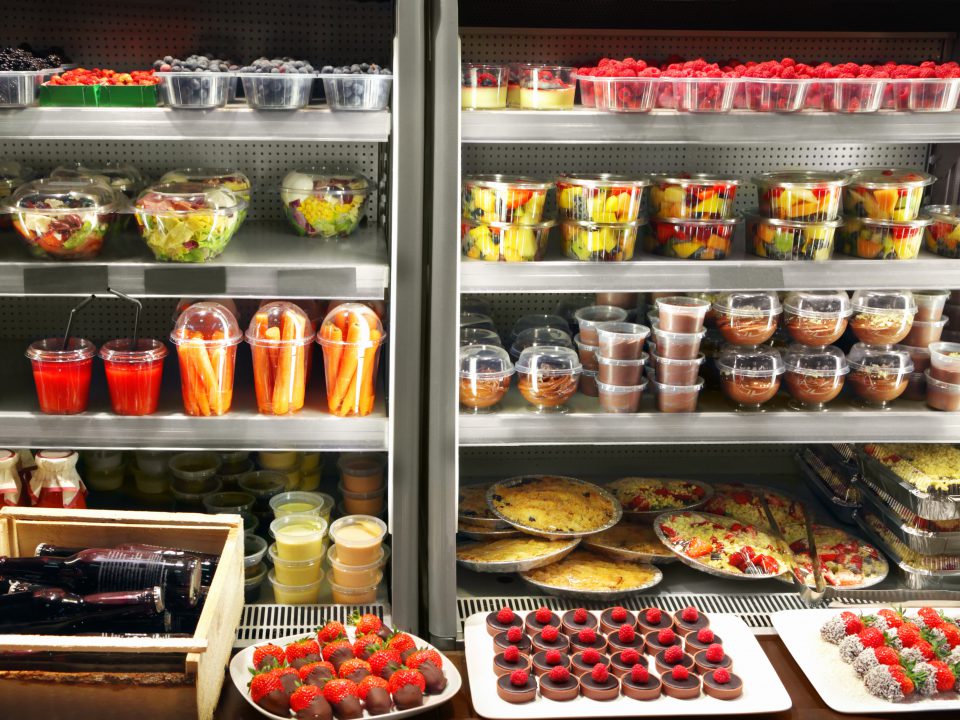
ORGANIC CO PACKERS AND FOOD SAFETY
April 1, 2020Frozen food packaging is meant to preserve food from the time it is prepared to the time it is consumed. The packaging’s purpose is to retain original color, flavor and texture. Consumers decide what they expect from popular packaged foods companies — which have launched innovative product ranges, organic and vegan alternatives, and appealing to a diverse demographic.
Frozen food packaging is constantly crafted and produced with the highest standard in mind. As more customers understand the advantages of frozen food, manufacturers are satisfying this need by developing highly appealing, tactile packaging for their goods to improve customer awareness and maximize appeal.
SUSTAINABLE FOOD AND PACKAGING
Shoppers know that frozen food is fresher, incredibly economical and a perfect way to reduce food waste, which has proven especially appealing to millennial shoppers who want healthy food cooked easily to suit their lifestyle needs. Frozen foods are ideally placed to cater to customers who are mindful of the environment and waste pollution. It is reported that almost 50% less waste is produced by frozen foods compared to fresh food consumed at home because it takes far longer to spoil. Providing environmentally-friendly packaging for frozen food is another means of enticing the rising majority of customers who find sustainability as a driver behind their food-purchasing behavior.
CONVENIENT PACKAGING
We’ve established a variety of developments that have risen to be more popular among packaging companies. Over the last few years, stand-up pouches have become more prevalent. This style is extremely common among frozen food co-packers. They are manageable and lighter than conventional bottles and cans, cost less to make, are simpler to transport and are better for the environment.
FOOD SAFETY
There is a growing understanding of food safety being publicized by newspapers and other outlets, and farm– transparency is something that families make certain of before buying from a specific company. In the case of frozen food suppliers, this implies improved transparency and more precise information on the processing of their food would be necessary. Frozen food labeling would have to satisfy this growing requirement by printing HD surface, perfectly clear text on high-quality laminates to ensure the labels remain legible and look professional.
MICROWAVABLE PACKAGING
When you think of the most effective and quick food preparation method, the microwave almost always comes to mind. Microwaveable food packaging is not a modern invention, but continuous advances have held it at the forefront of packaging development. Consumers look for ways through which they can reduce their meal-prep time, and microwaveable containers for frozen food make that easy.
Conclusively, frozen fruits and vegetables have undergone a significant rise in popularity because customers appreciate the taste, quality and nutritious benefits over dried or even fresh products, while frozen vegetables and fruit are kept at their optimum ripeness. However, frozen product packaging poses a particular collection of issues that are being tackled by a collective strategy through the supply chain. Whatever the food trends maybe, all suppliers ensure that their packaging material can withstand durability, the packaging stays stable at low temperatures without cracking and the packaging is engineered to hold the taste and flavor of the food.



